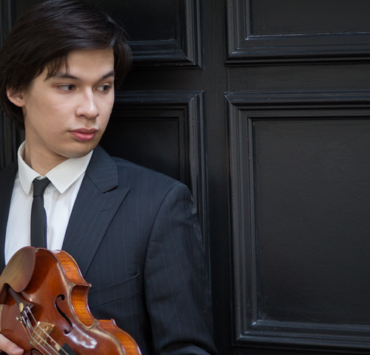Bravo, ‘Before Brabant’: A new operatic form
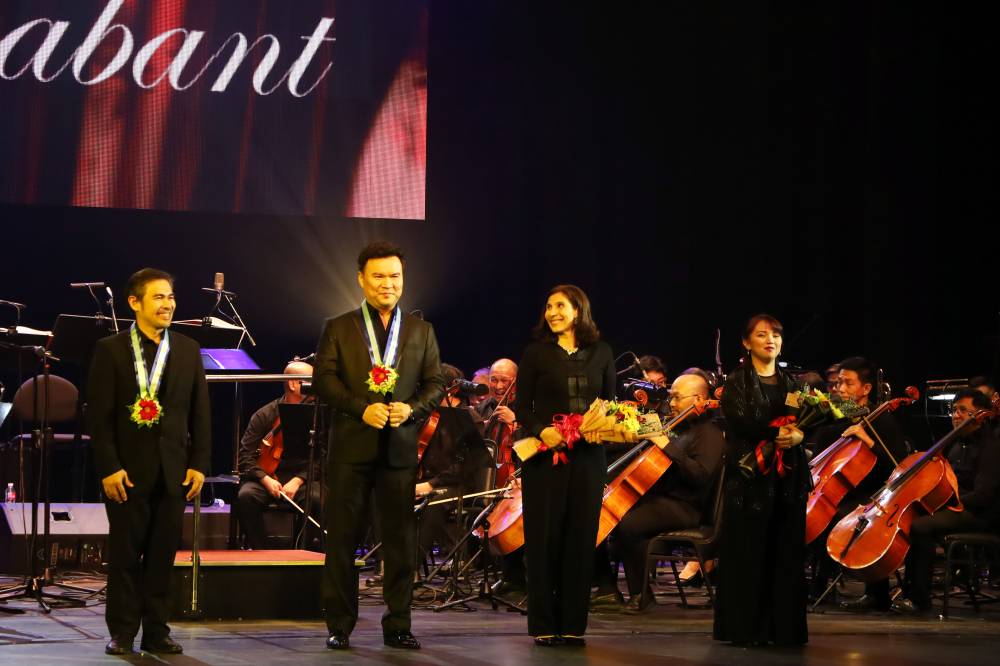
A new operatic form, whose action is expressed through animation rather than acting done on stage by the main characters, was recently savored by Manila’s music lovers at the Samsung Performing Arts Theater as part of the Cultural Center of the Philippines’ (CCP) celebration of the Children’s Biennale in 2024.
It is a novelty that combines the live performance of singers on stage in collaboration with a symphony orchestra and animation, complete with texts projected on the screen. Written by the indefatigable composer Jeffrey Ching, this year’s Philippine Philharmonic Orchestra’s (PPO) composer in residence, the opera “Before Brabant” is based on a European folklore that tells about medieval romance and chivalry.
In an introductory note the composer himself delivered in lieu of program notes, he narrated what to expect in the four scenes that made up the entire opera. Central to his narration is the information about the title itself: the story of Helyas, the “knight of the Swan,” the main protagonist, who sailed on a “shell-shaped boat” to the city of Brabant, where another opera was written to tell about Helyas’ new adventures. Richard Wagner, of course, wrote about this new adventure in his opera “Lohengrin.”
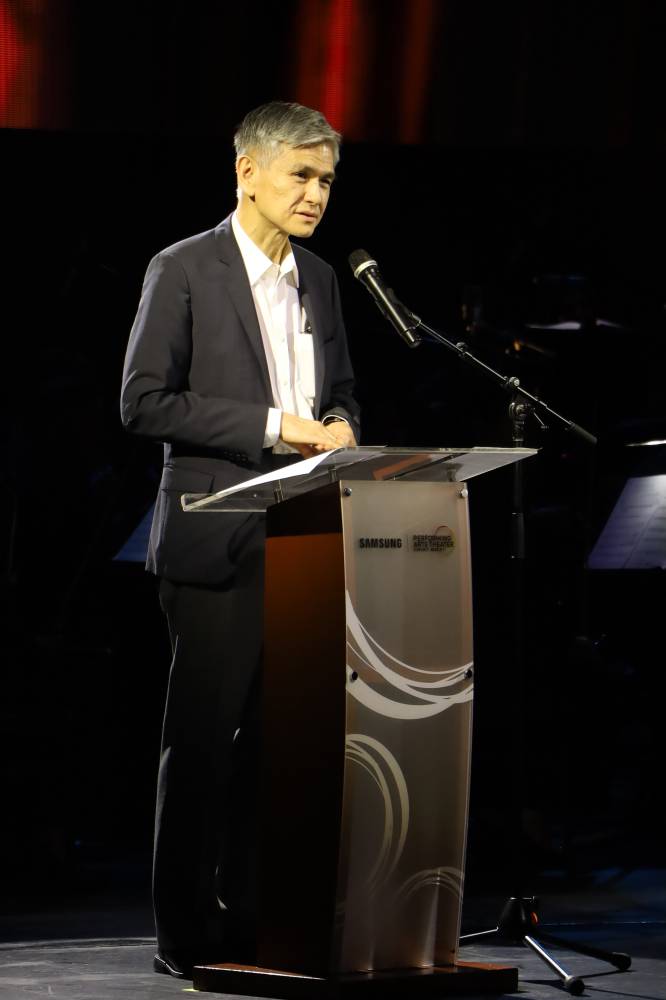
Prequel
Ching’s opera, therefore, is aptly titled “Before Brabant,” a fitting “prequel” to the Wagner opera.
Ching further informed the audience that a decade ago, this opera was performed in Hong Kong, as a commissioned work by the Hong Kong Arts Festival. But the performance centered only on the music, with only the orchestra and the singers on stage.
This performance in Manila is therefore a historical feat, as it is presented in its entirety, as a “cartoon opera.” Drawing inspiration from Walt Disney’s “Fantasia,” it blended an animated cartoon projected on screen with serious music performed live by a symphony orchestra, together with classical singers who sang as animated action unfolded on the screen.
Making up the cast were soprano Stefanie Quintin as Queen Beatrice; mezzo soprano Andion Fernandez-Ching as the midwife, who later on sang the heroic role of Helyas; baritone Byeong-in Park as King Oryant and Markes; and Ervin Lumauag as Eremite and Matabrune. They stood before Maestro Grzegorz Nowak, who led the PPO.
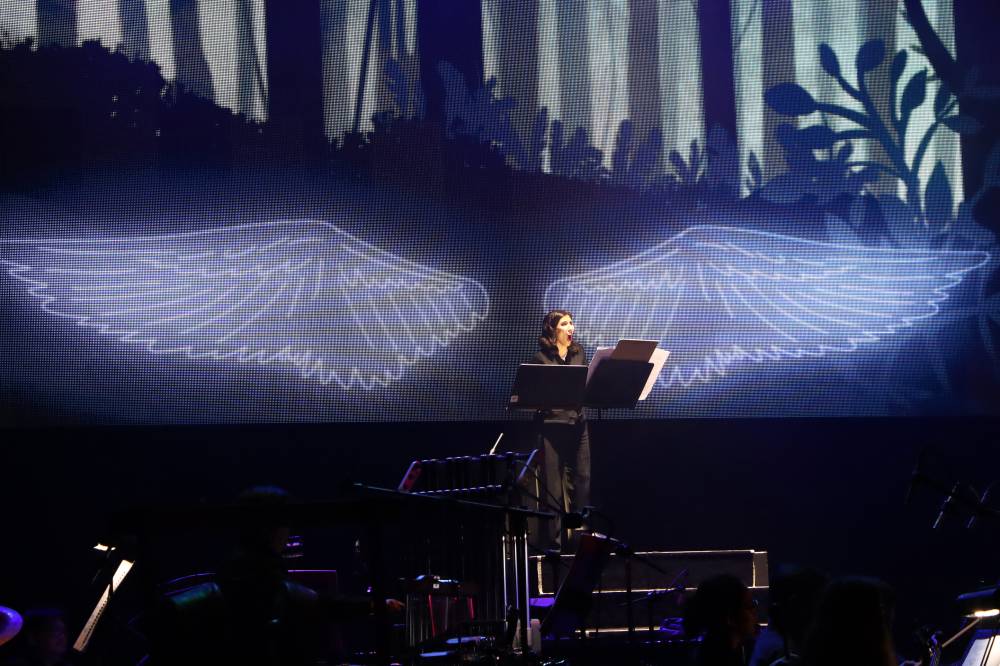
Armed with scores, these singers more than read their lines as they sang with great enthusiasm and energy their specific parts, which completely departed from the operatic lines they used to sing, Ching’s music being scored in a contemporary vein.
The singers displayed the rich texture of their voices, honed to sing challenging operatic roles. Soprano Quintin’s voice soared with vibrant sheen. Tenor Lumauag, on the other hand, hurdled his demanding roles with versatile ease. Park was impeccable with his brilliant baritone, and Fernandez-Ching shimmered in her earthy mezzo that she fully revealed as she sang Helyas’ heroism in a latter scene.
All of them convincing, they brilliantly essayed their roles, which departed from the strains of bel canto operatic roles they are more familiar with. They all sang with a commanding projection, rising above the orchestra to be appreciated. Above them, the animation took place, so dynamic and debonair. One does not have to be a child to appreciate its appealing charm. The projected texts also helped in the easy understanding of the action going on.
Mexican animator
It is through the singular talent of the Mexican animator, Alberto Chino Rodriguez, director of Toon City Manila, that this new form in operatic presentation was realized. One’s attention was glued to the screen as the action was presented in cartoon form, reminding one of Walt Disney, with, however, different music being heard, not culled from the pens of known classical composers, but original music composed in a new form and style.
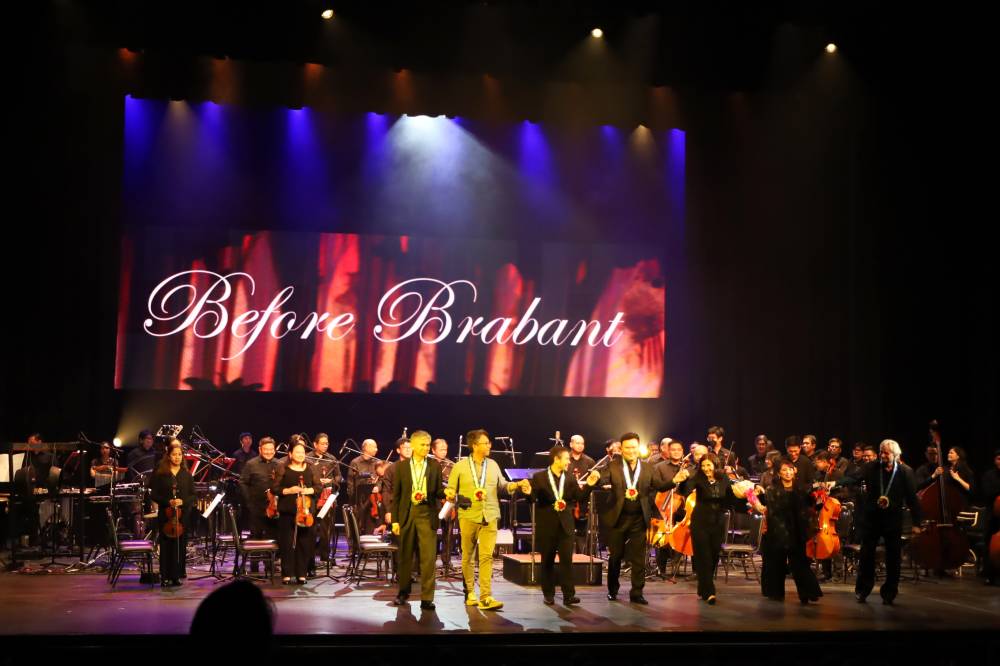
The musicians of the PPO had a grand time playing the music and collaborating with the singers. Nowak stood on the podium with knowledgeable ease, conducting both the singers and the musicians with dynamic precision. He showed his versatility as he wielded the baton, savoring the intricacies of a different musical genre and new music, making him truly a giant on the podium.
The orchestra members not only enjoyed playing but even made some huffing or wheezing sounds, which they enjoyed doing.
Off stage, talking with Ching about this work was a great opportunity to congratulate him in person. Manila is privileged to watch the complete unfolding of this opera in its present form. This writer believes a repeat performance is in order before a bigger audience. This could very well be Manila’s contribution to the evolution of a new operatic form.
Ching acknowledged the help given by his “generous supporters,” which ensured the opera’s successful production. They are Milagros Ong How, the National Commission for Culture and the Arts, Miguel del Rosario and Rene de Guzman of Toon City Manila, and Dennis Marasigan of the CCP.
Bravo!















